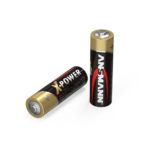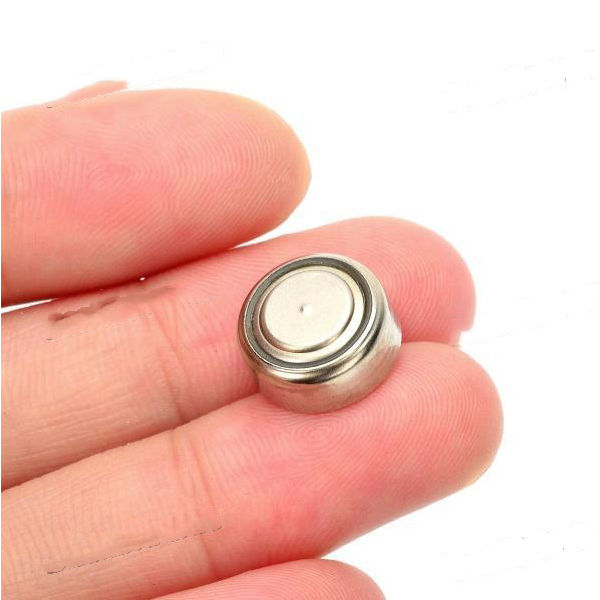Which batteries are better: alkaline or alkaline?
Each of us strives to make our lives not only rich and varied, but also comfortable. To do this, we surround ourselves with different household appliances. Most of them require a constant current source. Moreover, some of them use small batteries for this purpose.
The assortment of stores offers a wide variety of options - this can confuse an inexperienced user. And if everything is clear with the shape and size of the device, then the various markings cause difficulties in choosing the appropriate option.
For example, you can find batteries labeled “Alkaline” or Alkiline. Is there a difference between them or are they just different names for the same current source?
The content of the article
Alkaline and alkaline batteries: is there a difference, which is better?
Many years have passed since the first galvanic cell was introduced to the general public. During this time, the power source has changed significantly. Despite changes in appearance and the use of different chemical compounds, the principle of operation of the device has remained unchanged. The main structural elements of the product are a cathode, an anode, two electrodes of different polarities and an electrolyte.
The widespread distribution of miniature current sources has made it possible to identify their advantages and disadvantages.For example, if the first batteries were bulky, heavy, and suffered from electrolyte leakage, modern devices have become lightweight, convenient, and safe. In addition, various options for current sources have appeared, the main difference of which is the chemical substance used.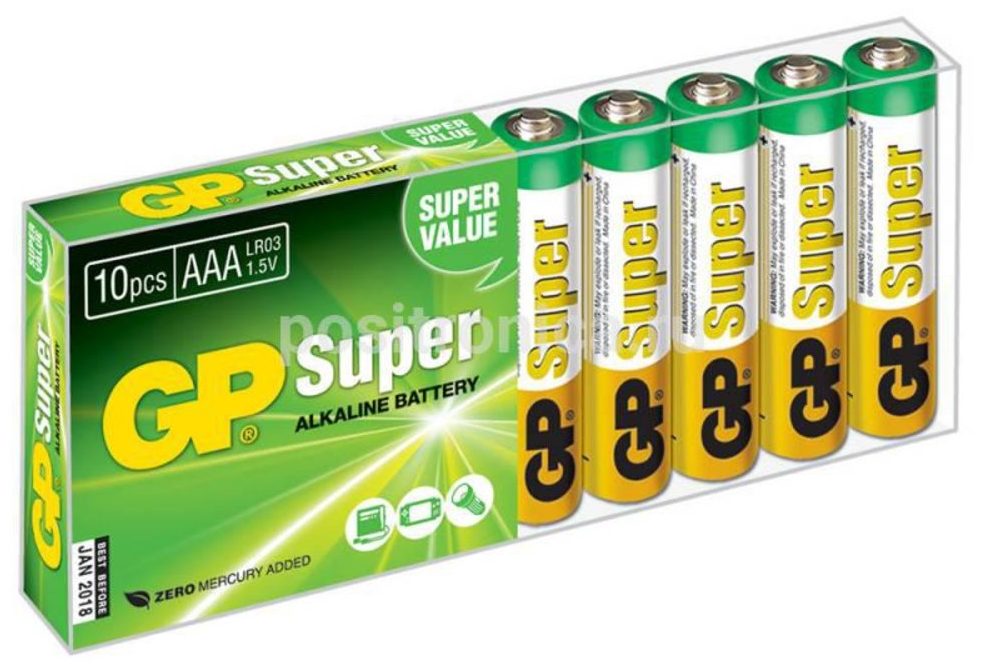
One of the most common batteries is alkaline batteries. They can come in a wide variety of shapes:
- cylindrical;
- crown type;
- in the form of flat “tablets”.
They also differ in size: AAA, AA, C, D and others. This makes them universal and explains their popularity.
Reference. Unlike salt analogues, such devices can be used in powerful devices with high power consumption.
There are two types of batteries on sale: alkaline and alkaline. These are two names for the same type of battery, because alkiline translated from English, means “lye.” Therefore, such markings should not confuse you.
Features, pros and cons of alkaline batteries
The main distinguishing feature of alkaline batteries lies in the composition of the electrolyte. In simple terms, it consists of alkali. That's why they are called that.
As an example, we can consider the composition of the most popular current sources, the active substance of which consists of zinc chloride. Unlike salt versions, alkaline batteries contain a liquid containing an alkali solution. Most often, potassium oxide is used for this.
The alkali interacts with the battery contacts, resulting in the release of electric current. Moreover, a much larger amount of electricity is released than when using a saline solution.Therefore, the alkaline battery has high performance and overall efficiency.
Classifying products by size helps you choose the right option. Typically, a letter designation is used for this, which applies to all batteries. More often in the assortment of stores you can find the following models:
- "Pills". They have a flat shape, which explains their name. They are a small disk enclosed in a metal case. This allows the tablets to be used even in adverse weather conditions. Due to their small size, they are widely used in compact devices - watches, alarm key fobs, hearing aids.
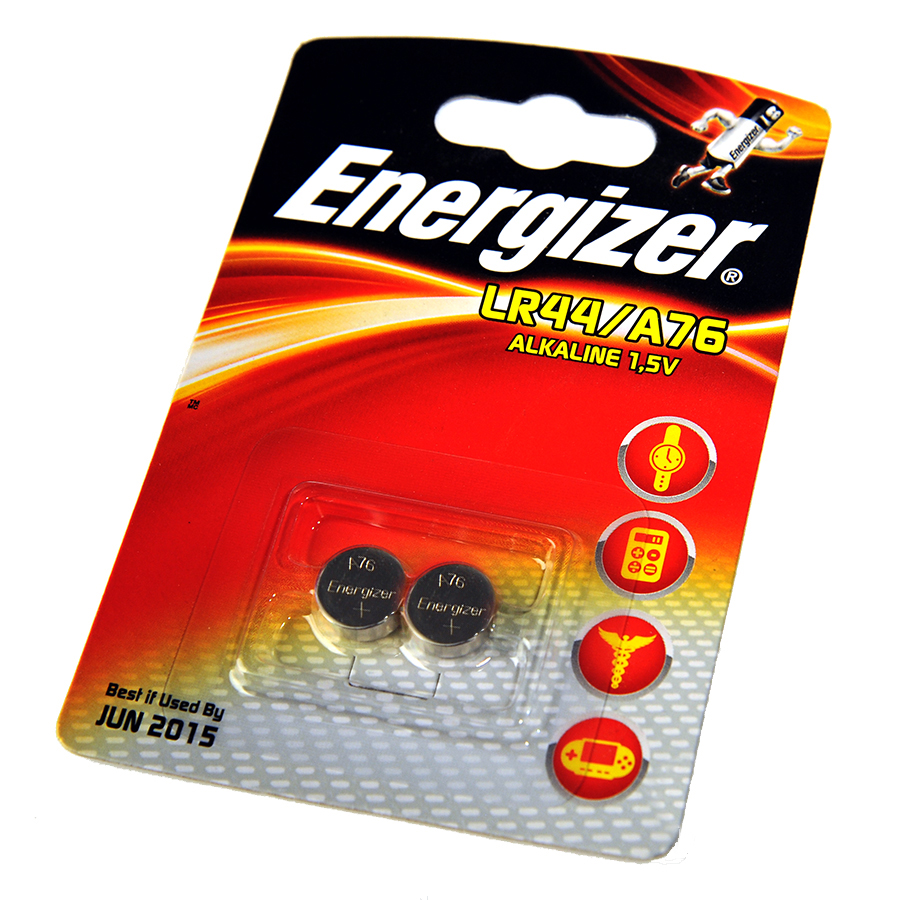
- "Little fingers." The appropriate marking - AAA Alkiline - will help you distinguish them from their salt “brothers”. These are quite powerful devices, so they can be used in flashlights, children's toys, and remote controls.
- "Finger" The most common version of batteries is marked with the letters AA. They are most often used in devices that require significant voltage with compact battery sizes.
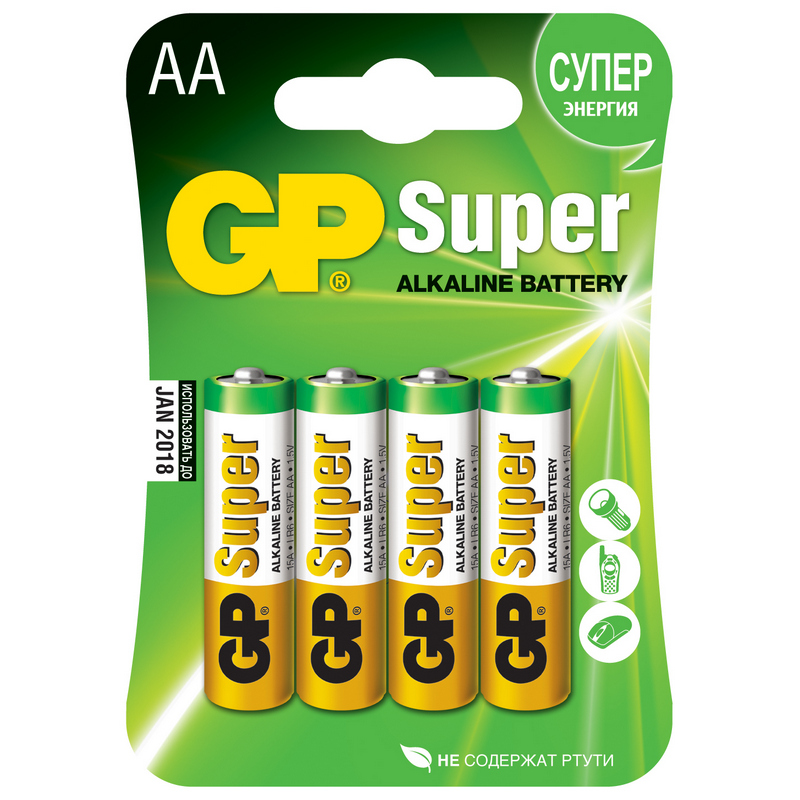
- "Crown". It is a rectangular barrel. The main advantage of the model is the ability to output increased voltage without connecting to the network.

The main advantages of alkaline batteries:
- Hermetically sealed housing and little gas emission during the chemical reaction. This reduces the risk of electrolyte leakage.
- Can be stored for five years. However, they do not lose their original charge.
- Despite their compact size, they have a high capacity. Therefore, they last longer than their salt counterparts.
- They tolerate climate change well.The operating temperature range varies from –40 to +50.
- They discharge evenly, there is no sudden drop in voltage.
Negative features include:
- The cost is higher than that of salt batteries.
- Requires proper disposal. The electrolyte contains various chemical compounds - if they get into the soil, they can cause irreparable harm to the environment. Therefore, they must be handed over to special collection points.
- Some manufacturers' products are heavy.
- Cannot be recharged. When you try to charge the device, you risk your health - during charging, the product heats up, causing the case to explode. Because of this, caustic chemicals can get on clothes, skin or mucous membranes.
Alkaline batteries can serve you for a long time. The main thing is to purchase products from trusted brands, and take batteries that are out of order to special collection points.

